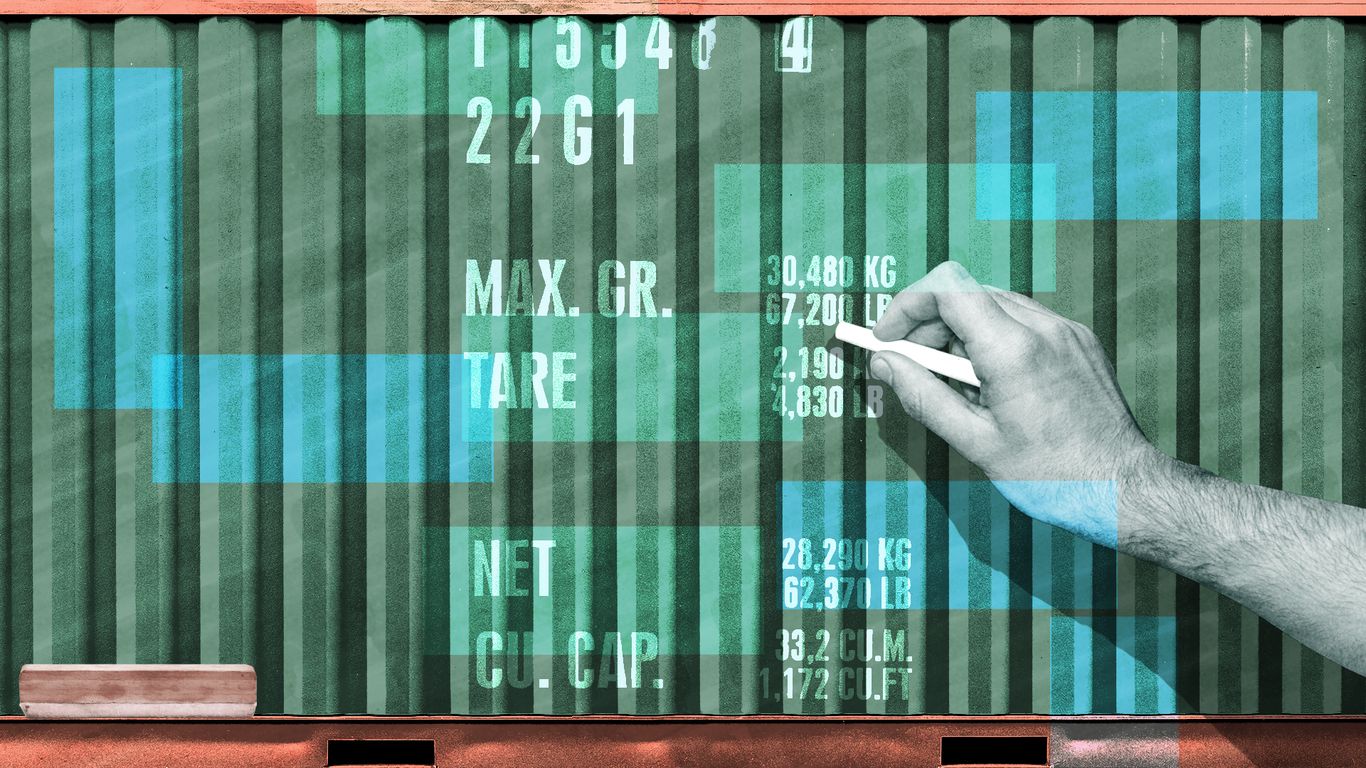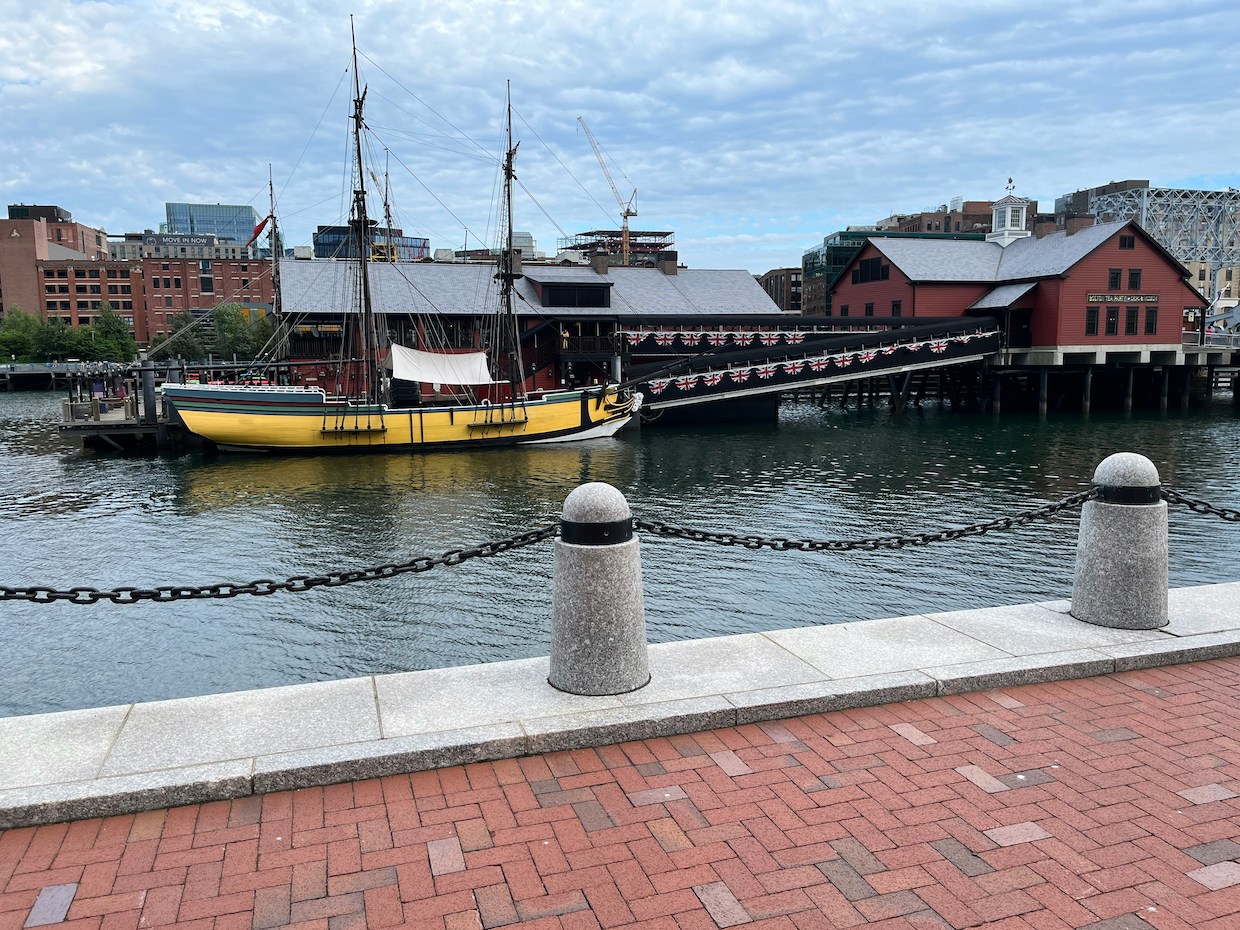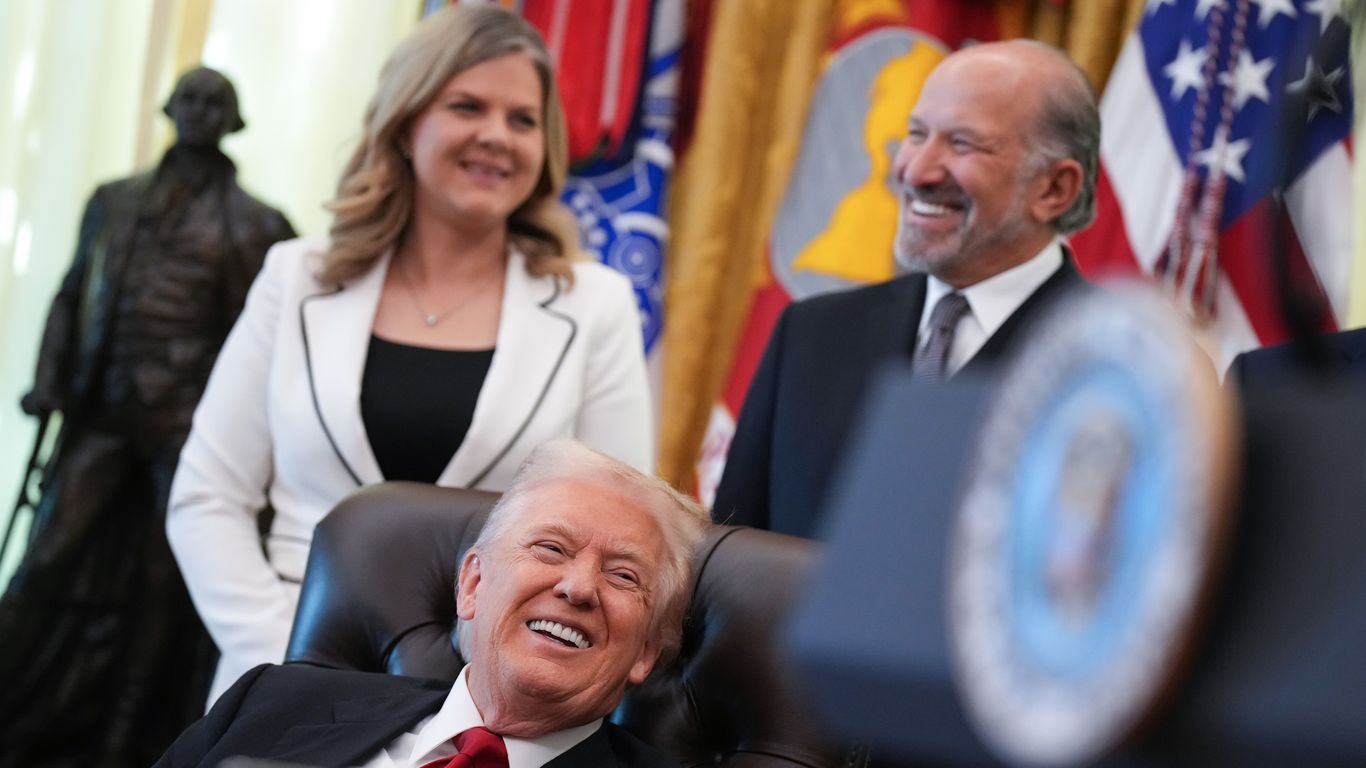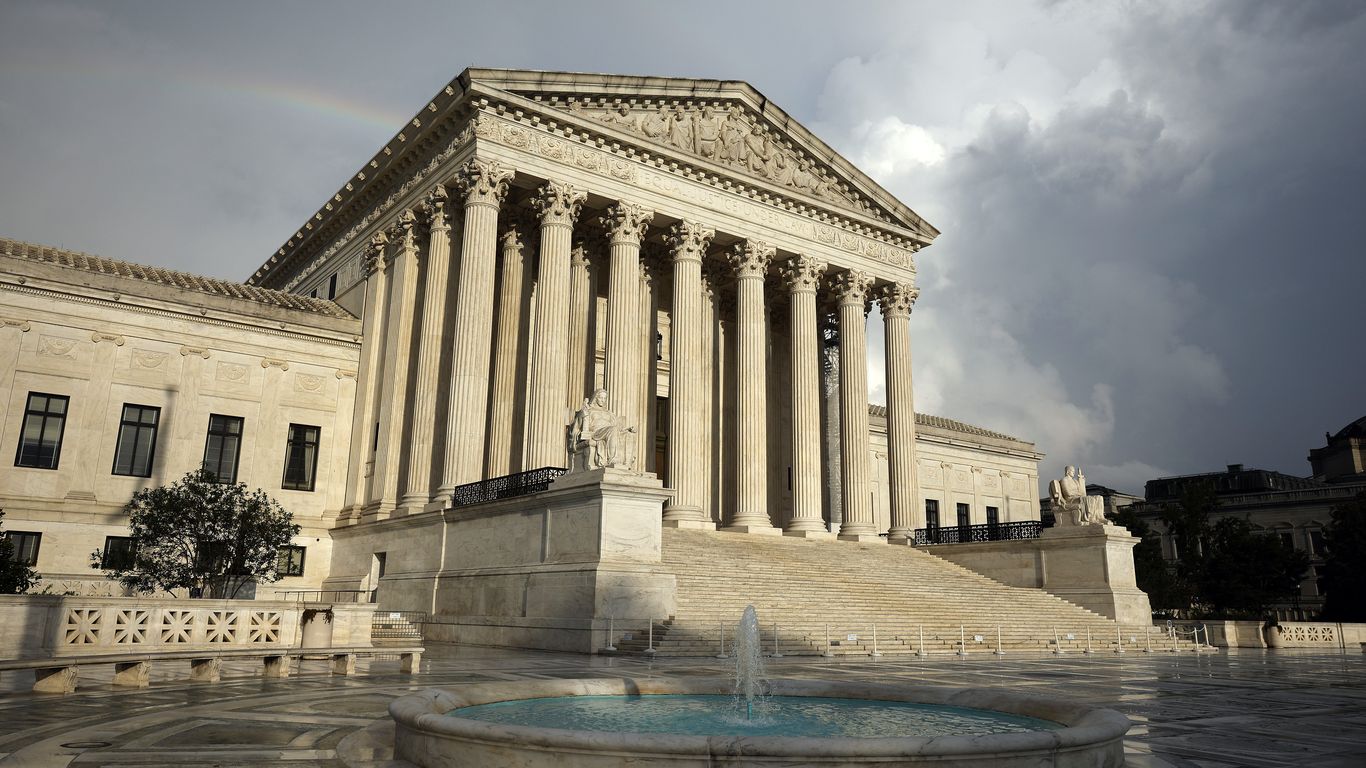#trade-policy
#trade-policy
[ follow ]
#tariffs #inflation #supreme-court #eu-mercosur #free-trade #consumer-prices #food-prices #unemployment
from24/7 Wall St.
3 days agoIf The US Beats China in EVs This ETF Is Going To Soar | DRIV
The biggest macro factor for DRIV isn't consumer demand or battery costs. It's trade policy: tariffs and industrial incentives that determine where EVs get built and sold. DRIV holds $340 million in assets split between US tech giants and global automakers. When tariff threats emerge or federal EV tax credits shift, the fund's diverse holdings react differently. Watch for announcements from the Office of the US Trade Representative on Chinese EV and battery component tariffs. These typically surface quarterly or around major trade negotiations.
Business
fromTasting Table
6 days agoItalian-Made Pasta Is Safe From Massive US Tariffs - For Now - Tasting Table
There's great news for home chefs who prefer imported Italian pasta over American brands. Amid concerns that tariffs could kick favorite Italian pasta brands out of grocery stores, the United States has reversed course after completing an initial review of the alleged U.S. pricing practices of 13 Italian pasta brands. Higher pasta tariffs were initially passed by Congress in September, with the U.S. imposing a 92% anti-dumping duty on top of the existing 15% tariff on products imported from the EU, citing concerns that Italian pasta prices were too low.
Food & drink
World news
fromenglish.elpais.com
1 week agoMexico completes its trade shift with the entry into force of tariffs on China and countries without trade agreements
Mexico raised tariffs on 1,463 non-free-trade tariff lines, affecting over 1,000 goods with 5–50% rates and expected to raise 30 billion pesos annually.
fromWIRED
2 weeks agoUS Trade Dominance Will Soon Begin to Crack
A tariff is a tax paid by consumers, and if there's one thing the past four years have taught us, it's that the public will not forgive a politician who presides over a period of rising prices, no matter what the cause. Luckily for the political fortunes of the world's leaders, there is a better way to respond to tariffs. Tit-for-tat tariffs are a 19th-century tactic, and we live in a 21st-century world
World politics
US politics
fromFortune
2 weeks ago53-year-old customs broker wants to 'Make Trade Boring Again,' saying you won't believe how complex cheese is these days | Fortune
Unprecedented 2025 tariffs and shifting rules have thrown U.S. trade into chaos, forcing customs brokers to translate rapidly changing policy into operational reality.
fromTheregister
2 weeks agoUS punishes China's chip 'dominance' with 0% tariffs
The Notice is the result of an investigation into China's semiconductor industry that the Biden administration commenced in December 2024, and which focused on "foundational semiconductors (also known as legacy or mature node semiconductors), including to the extent that they are incorporated as components into downstream products for critical industries like defense, automotive, medical devices, aerospace, telecommunications, and power generation and the electrical grid."
US news
fromArs Technica
2 weeks agoHow Europe's new carbon tax on imported goods will change global trade
Around the world, CBAM has faced strong criticism. India and China describe it as "green protectionism," arguing that it puts unfair pressure on developing economies. At the same time, the EU has not yet created dedicated funding to help exporters in lower-income countries adapt. Without this support, the mechanism may not achieve the desired results. What about consumers? Although CBAM is mainly aimed at industry, its ripple effects will reach consumers in the EU.
Environment
US politics
fromFortune
3 weeks agoThe American voter is angry about one thing above all and Trump's tariffs are in the crossfire, Goldman's chief political economist says | Fortune
Rising cost-of-living pressure and Democratic House prospects make tariff reductions politically likely ahead of the 2026 midterms.
fromTruthout
3 weeks agoUnemployment Rate Hits Highest Level in 4 Years Amid Trump's Assault on Workers
Federal data belatedly released Tuesday shows that the US unemployment rate rose to the highest level in four years last month as President Donald Trump's administration continues its assault on the government's workforce and American corporations lay off workers at a level not seen in decades.
US politics
fromLondon Business News | Londonlovesbusiness.com
1 month agoFive lessons 2025 has taught business leaders so far - London Business News | Londonlovesbusiness.com
I began the year with a blunt reality check: leadership today is forged in public, under pressure, and in real time. With Donald Trump already installed as US president for his second term, markets have moved faster than at any point in my career, reacting not to speculation but to executive action, rhetoric, and resolve. The first lesson this year has burned itself into my thinking: certainty beats comfort.
Business
fromwww.theguardian.com
1 month agoTrump clears way for Nvidia to sell powerful AI chips to China
Donald Trump has cleared the way for Nvidia to begin selling its powerful AI computer chips to China, marking a win for the chip maker and its CEO Jensen Huang, who has spent months lobbying the White House to open up sales in the country. Before Monday's announcement, the US had prohibited sales of Nvidia's most advanced chips to China over national security concerns.
US politics
Television
fromFortune
1 month agoFortune Live for June 30, 2016: JetSmarter, Fitbit, and Fortune's 100 Best Workplaces for Millennials | Fortune
Fortune Live presents news analysis and founder interviews covering Brexit, trade policy, wearable tech, apparel innovation, private-jet disruption, niche retail, millennial networking, and global soccer.
fromThe Walrus
1 month agoCarney Promised Defiance. All We're Getting Is Deference | The Walrus
N early seven months after an election that returned a minority Parliament and a government led by the Liberal Party with Prime Minister Mark Carney at the helm, Canadians would be forgiven for asking what they're meant to be doing with their elbows. During the election, the Liberals ran on elbows-up nationalism, striking a defiant posture in the face of tariff and sovereignty threats from United States president Donald Trump. Carney never promised to solve
Canada news
fromHarvard Business Review
1 month agoHow Leaders Can Build Stakeholder Trust in Uncertain Times
These are trying times for corporations. The marketplace is rife with unpredictability, especially when it comes to economic and trade policy. The 2025 World Economic Forum's Chief Economists Outlook report concluded that "uncertainty has become a defining feature of the global economic landscape," with 82% of chief economists gauging uncertainty as "very high." This year, the Economic Policy Uncertainty Index, which tracks data from around the world, spiked to its highest level in three decades.
World news
fromDaily Coffee News by Roast Magazine
1 month agoTrump Again Signals Coffee Tariff Relief; Importers Still Waiting
In a prime time television appearance last night, President Donald Trump addressed coffee prices, saying, "we're going to lower some tariffs." Amid a series of freewheeling remarks about Democrats on Fox News' "The Ingraham Angle," Trump turned to the economy, describing it as "the greatest economy we've ever had." "By the way, the only thing is beef," Trump said before host Laura Ingraham interjected with one word: coffee.
US politics
fromSlate Magazine
1 month agoHow the Supreme Court Exposed the Most Obvious Hidden Truth About Trump's Tariffs
The consolidated cases, Learning Resources v. Trump and Trump v. VOS Selections, challenge Trump's claim that he has the power to issue tariffs under the International Emergency Economic Powers Act of 1977, which permits the president to regulate transactions involving any property in which any foreign country or national thereof has any interest, in order to deal with an unusual and extraordinary threat.
US politics
[ Load more ]












